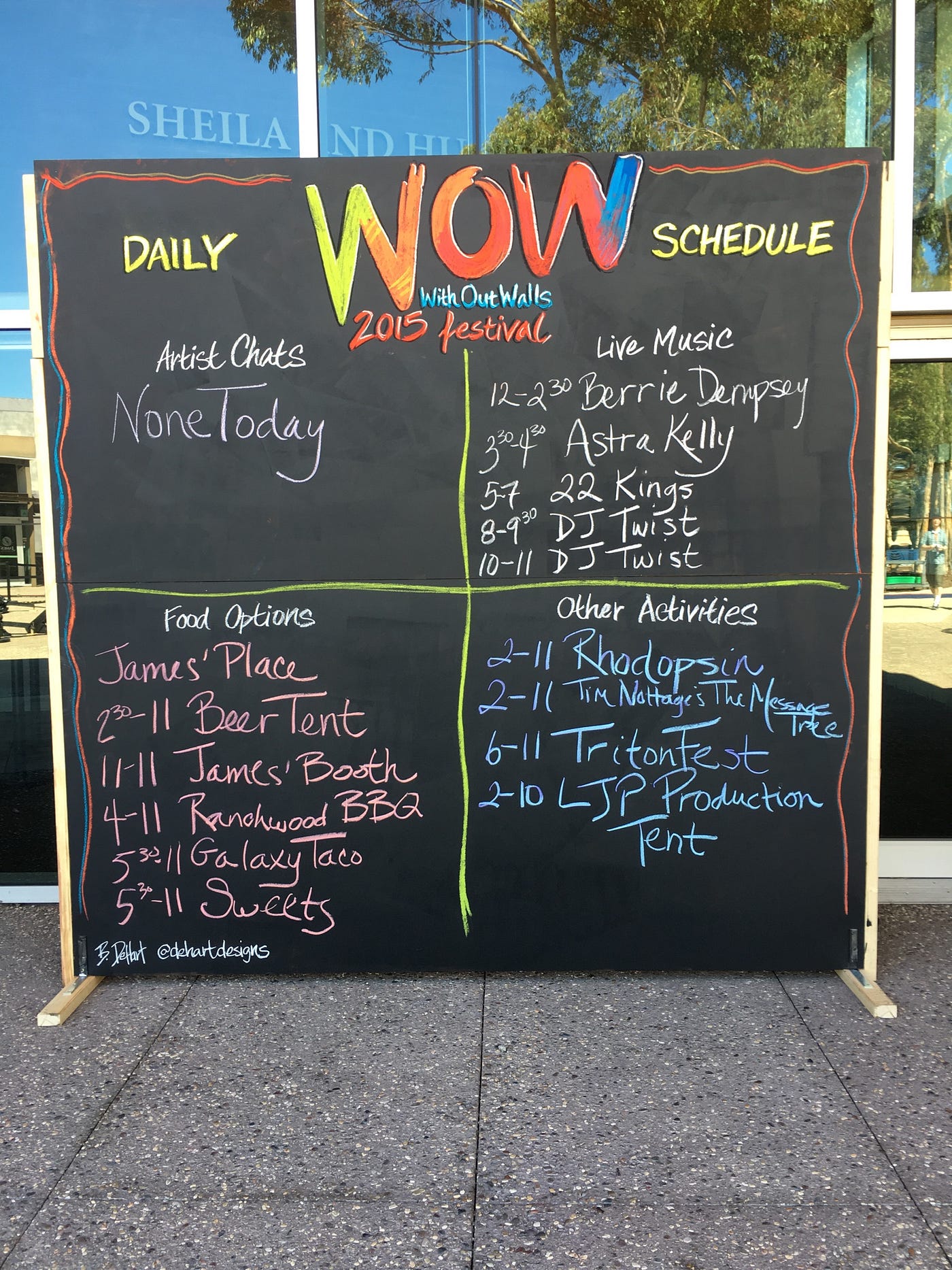
Ongoing notes from the 2015 Without Walls festival at the La Jolla Playhouse.
This weekend marks No Proscenium’s first trip to the (more or less) bi-annual Without Walls festival in La Jolla. The WOW is — and forgive your poor author if he’s been misinformed — the preeminent immersive/site-specific/open frame performance festival on the continent.
Set admits the sprawling UC San Diego campus in the seaside enclave of La Jolla, you couldn’t imagine a place more opposite of New York or London — the great immersive centers of the Earth — that was still hospitable to human life.
In short: it’s freaking gorgeous here, and doing theatre inside seems stupid when you have a 360 postcard view of reality.
We — meaning Noah Nelson, always eager to write in the first person plural — will be updating this document all weekend long with notes on the festival, and occasionally spinning a chunk off as its own review/show notebook. Consider this your WOW live blog.
No Pro will be exploring nine performances/installations while we are here for certain. There are a number of free, unticketed pieces as well, and we hope to be capturing those as well. We are here for three days, after all.
Onward!
A Completely Factual Tour
(Review.)
Audio tours are ripe for subversion, and this group tour of GALBRAITH HALL on the UCSD campus does exactly that. The writer of this piece has some kind of back door into my sense of humor and my audio design sensibilities, so I almost feel biased in recommending this unabashedly.
Best part it is mildly replayable, as each tour requires six participants and the tracks are slightly different depending on which iPod shuffle you are assigned.
Every Path
The animating idea behind Every Path — that we are walking through a garden filled with all the possible routes that one woman’s life could take — is beautiful. Much of the writing is gorgeously lyrical. However there are some definite rough spots in terms of the structure of the piece.
The audience is broken into segments so that small groups can rotate through a series of monologues in different sequences. That’s okay, but the instructions given at the start of the performance seemed to cause more confusion than clarity — at least with the audience I saw the piece with. Some of that can surely be fixed as it continues to be performed.
A couple of the performers seem less comfortable with the intimate structure of the piece than the others, which may come down to an unfamiliarity with the style — or may just be a symptom of some actors being cut out for this kind of work.
What didn’t work for me at all was the closing frame sequence. If anything Every Path might be better served without a frame at all, leaving audiences to draw their own conclusions from a multiverse of possibilities.
OjO
Completely fucking magickal.
(Yes, you’ll be getting a bigger write up once I’ve managed to process the experience.)
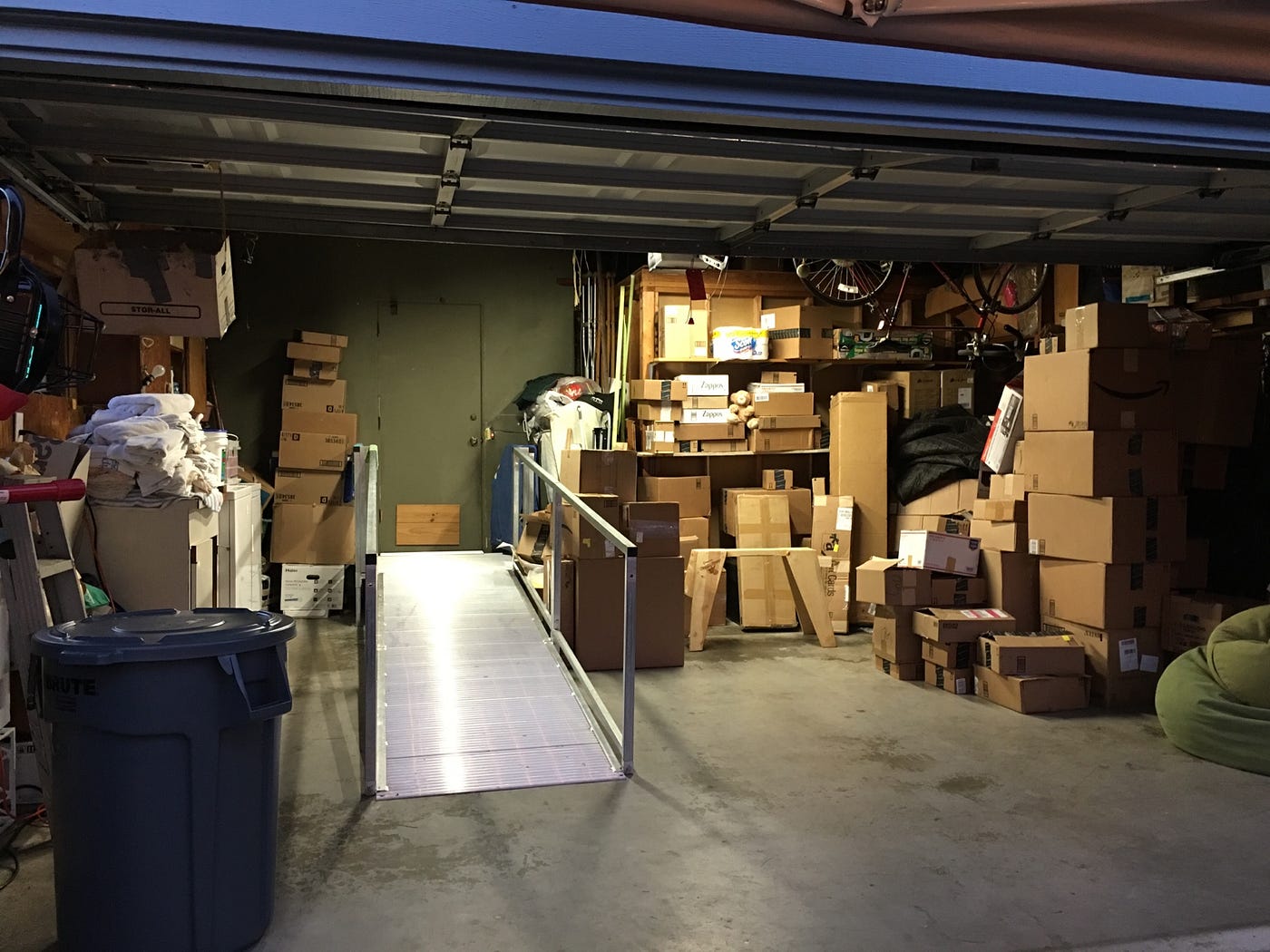
In Case of Emergency
The very first piece of site-specific theatre I ever saw was a Ruth McKee piece. Only it wasn’t being performed in the site intended, but on stage at CalArts as part of the staff show at the California State Summer School for the Arts. I was impressed enough by the work — and the idea of site-specific theatre in general — to start tracking Chalk Rep, of which McKee is a founding member.
In Case of Emergency is the latest from McKee and Chalk Rep, with other core member Amy Ellenberger anchoring a three person cast in this production that takes place inside a suburban garage a few blocks from the festival village.
Cutting to the chase: the show doesn’t break any experimental ground here — the garage is a garage and the audience is sitting in the drive-way — but that’s part of Chalk Rep’s continuum. Where the play excels is in McKee’s ear for dialogue, Ellenberger’s emotionally grounded performance of an ungrounded woman, and the grace notes in director Deena Selenow’s staging. On that last note let’s just say that the virtual presence of the dog was a great bit of verisimilitude.
Get Noah J Nelson’s stories in your inbox
Join Medium for free to get updates from this writer.
SubscribeSubscribe
I’d now like to push Selenow a little, if I might. The staging straddled the line between proscenium and open-frame, and while I understand the need to “cheat out” to the audeince for clarity’s sake I would have loved to have seen a take of this which never bothered to have the actors turn out. This is me stepping outside my usual “undestand the piece on its own terms” and into an “advocate for immersion at all costs” mode. I think the text could take it, however, and staging that ignored the audience might end up feeling like we’re witnessing something we weren’t supposed to.
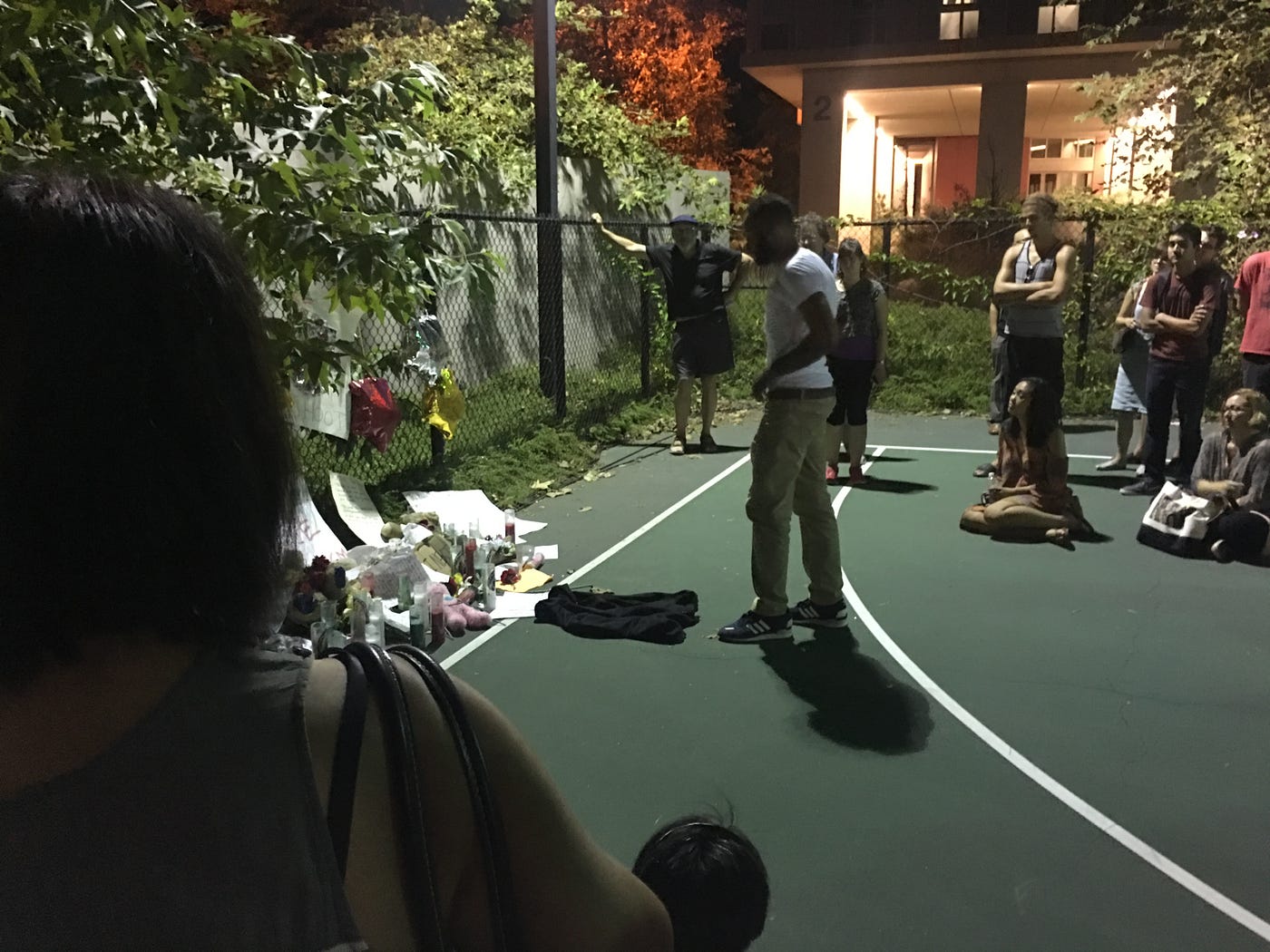
The Bitter Game
This piece. This PIECE.
Written and performed by third year UCSD M.F.A. actor Keith Wallace and directed by Deborah Stein this one-man examination about being Black in America in 2015 is a powerhouse. Staged on a basketball court — where the audience is encouraged to hang out, have a drink, and play a little ball before the show — Wallace takes the audience on a gut wrenching journey made all the more so because of the intimacy of the setting.
This is what open-frame solo shows should be like.
At one moment confessional, and in the next illustrative, this kind of intimate work gets the blood pumping and the tears flowing. It is, in a word, visceral. Whether you have found yourself weeping over the news out of Ferguson and Baltimore that has laid bare the violence that supercharges racial injustice in America or scratching your head over the phrase “Black Lives Matter” the experience of The Bitter Game acts like a hotline to the emphatic part of of the soul. If you don’t find yourself moved, consider therapy or consulting a priest.
(I reserve the right to write more about this one later.)
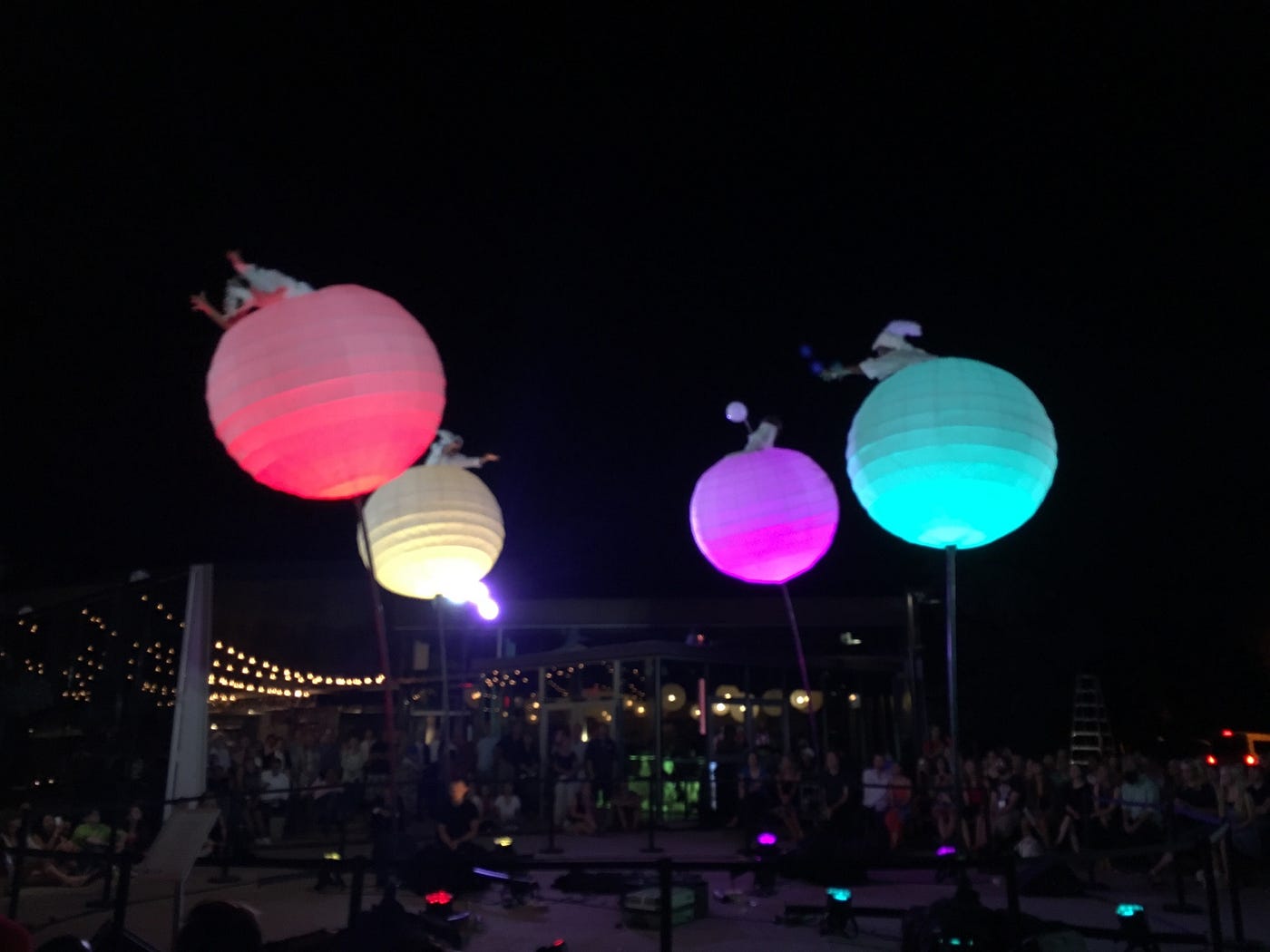
The Spheres
Australian acrobatic troupe Strange Fruit (that name, I know, they’re Australian, maybe they don’t know) breaks out the sway poles. Look: if you’ve never seen sway poles you need to see this. If you HAVE seen sway poles you already know that you WANT to see this.
If you’re not sure what sway poles are and you saw FURY ROAD: remember the guys who were snatching people off of cars while SWAYing on giant POLES? Yeah. It’s that. Only way better than IMAX 3D.
Healing Wars
Choreographer Liz Lerman’s examination of the trauma of war — as viewed through the lens of the Civil War and the “War on Terror” in Iraq and Afghanistan is divided into two pieces.
The majority of the work is an accomplished piece of docudrama dance theatre. Stories from the two wars are woven together with facts about trauma, multimedia elements, and a kind of faerie take involving the Spirit of Death. It is engaging, occasionally engrossing work, that benefits from finely honed design elements. There are, however, a few clunky tone problems: a sequence late in the show involving a certain dance song that was popular enough amongst soldiers to inspire You Tube lip synch videos lands at an odd angle. It probably would have been fine positioned earlier, but as it currently stands the piece just feels out of place.
The first, and shorter, element of Healing Wars is a series of seven tableaus that serve as a prologue. These installations are what move Healing Wars into the open frame dialogue, and are both the most interesting and most frustrating element of the work.
On the one hand they are, in and of themselves, beautifully rendered. They serve as echoes of the show to come. Potentially intimate glimpses of the themes about the be explored, offered up in close quarters.
Where it all falls apart is in the patron traffic pattern. The audience is allowed to, museum style, explore the tableaus at their own pace. This *sounds* like a good idea until 15 people cross in front of you on their way to the next piece because there is no room for them where you are. This destroys the connection between performer and audience. I wanted to love the prologue, instead I got frustrated and just took my seat.
Heaven on Earth
So it turns out that I’m not a fan of Charles Mee’s play. I’m in good company, apparently, as The New York Times didn’t dig an earlier incarnation of the work back in 2011. Which is a shame because Sledgehammer_, the San Diego theatre company that chose to tackle the collage style work, shows a helluva lot of moxie.
Co-founders Scott Feldsher and Robert Brill direct and design — respectively — the hell out of this show. If only the underlying text was so proudly obtuse.
As a showcase of the skills of the company and the stunning grounds of Powell Structural Lab “Heaven on Earth” is a powerhouse. Yet the intellectual bent of the underlying text works against the visceral impulse of the design and staging. The idea might be to try and play in the gap between the brain and the gut, but from my vantage point it often seemed like a lot of energy being generated without the benefit of a proper conductive material. Which is a shame, because a structural lab should have plenty of that lying around.
(Would I see another Sledgehammer_ piece? In a heartbeat.)
The Car Plays: Interchange
There were three rotations of The Car Plays at this WOW. I got to see the five-short sequence called “Yield.” Taken as a whole it was pretty much everything I wanted from a series of plays performed inside cars. There was an interlocking narrative that became apparent as the sequence progressed and yet — thanks to the diversity of writers and performers — each piece had a unique voice. Tragedy, comedy, direct address, and observational styles were all deployed.
It made me want regularly scheduled instances of The Car Plays readily availible. Then again, maybe I just have a thing for plays in cars (*cough* Hamlet-Mobile*cough*)
My only quibble? That I didn’t blow off another piece — which I haven’t written about and won’t name, not yet anyway — to catch another rotation. That was my biggest tactical error of the whole festival.








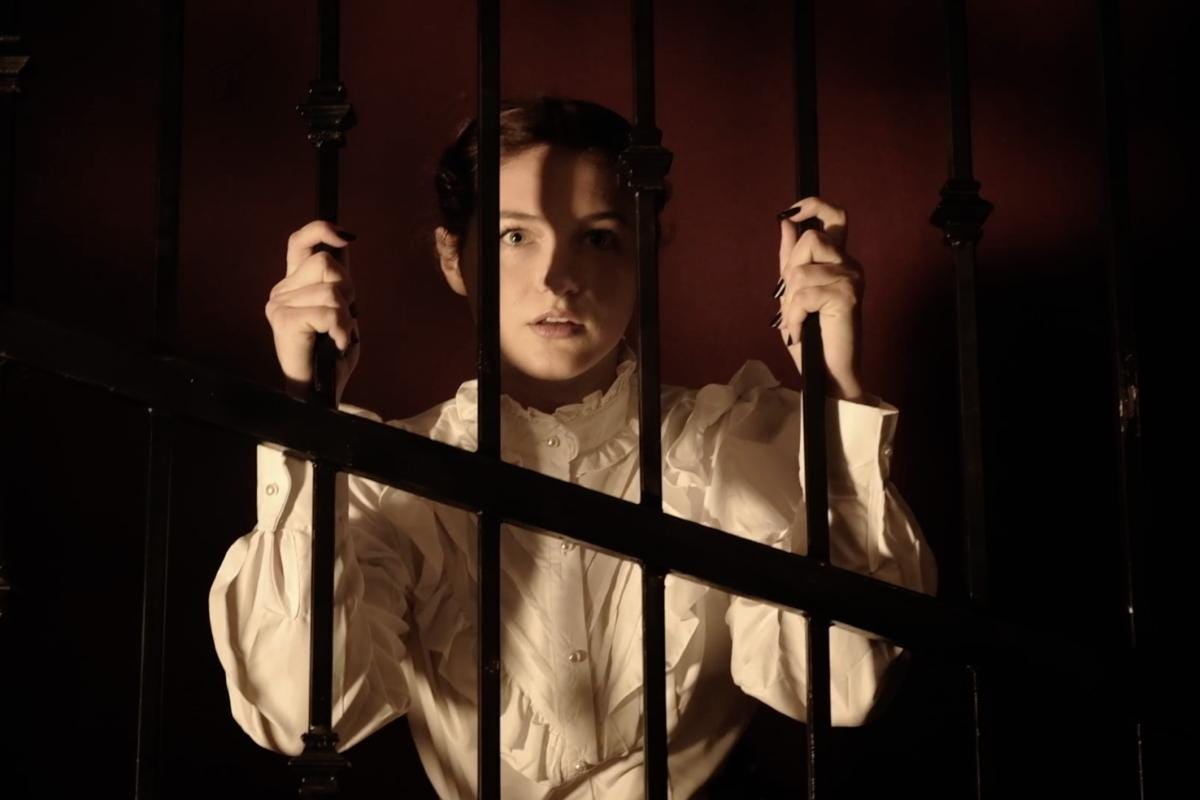






Discussion